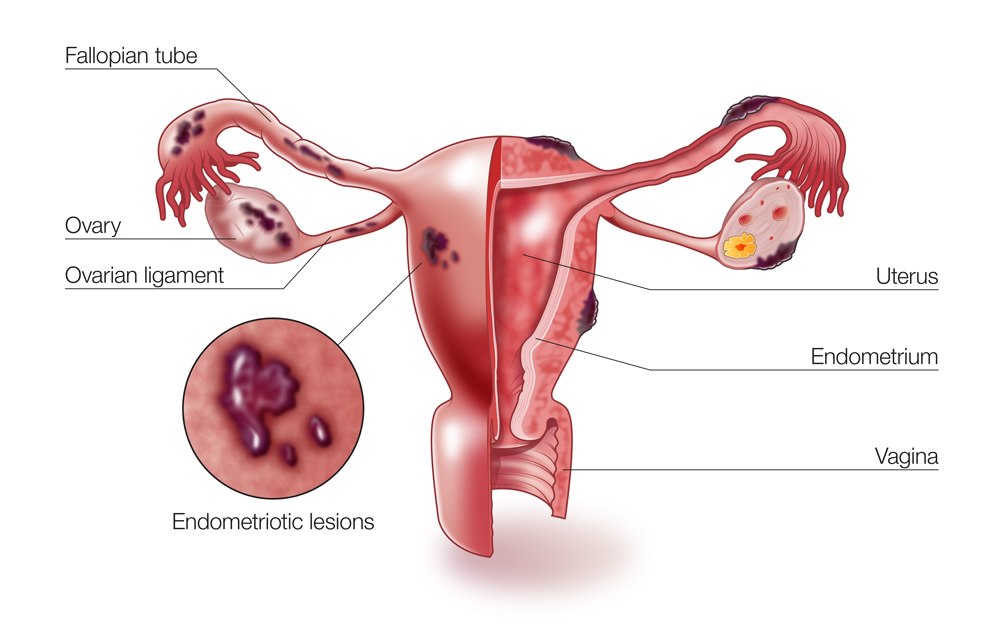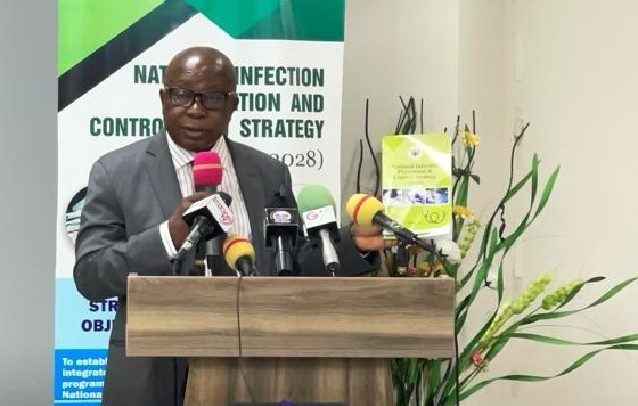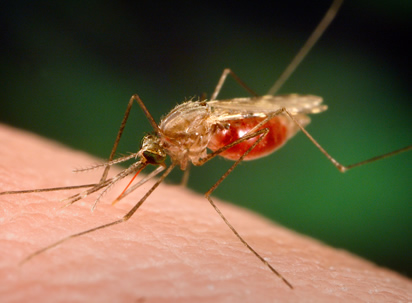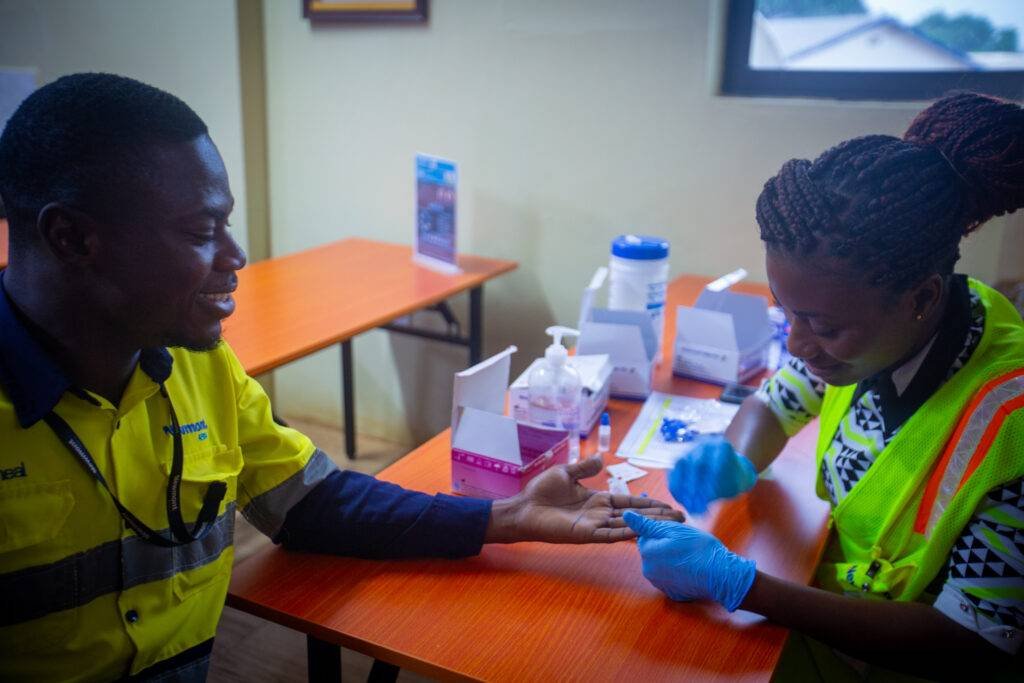
Ladies, it’s time to talk about a condition that’s as tricky to spell as it is to deal with - endometriosis.
This is more than just your average period pain; it's a persistent guest that refuses to leave, affecting millions worldwide.
Let’s break down the what, why, and how of endometriosis, aiming to arm you with knowledge and maybe a bit of comfort knowing you’re not alone in this.
What is endometriosis?
Endometriosis occurs when tissue similar to the lining inside the uterus starts growing outside of it, causing pain, and sometimes, infertility.
It's like having a garden where the plants grow outside the pots. But what causes this? The jury's still out, but it could be genetics, hormones, or even misplaced cells from when you were just a fetus.
It’s a complex condition with no single cause, making it a bit of a medical mystery.
Signs and symptoms
The hallmark of endometriosis is pain, often described as being far more severe than typical menstrual cramps. It can show up as chronic pelvic pain, painful periods, pain during intercourse, or even during bowel movements and urination.
And if your periods are as heavy as a blockbuster weekend crowd, it might be another sign. Infertility can also be a symptom, making this condition not just painful but heartbreaking for some.
Prevention
Prevention is a bit tricky since the exact causes are still under the microscope. However, lowering estrogen levels in your body can help reduce the risk.
This means maintaining a healthy weight, avoiding excessive alcohol, and considering birth control options that reduce menstrual cycle estrogen peaks might be beneficial.
But remember, it’s always best to consult with a healthcare provider for advice tailored to you.
Treating endometriosis
Treatment for endometriosis usually focuses on managing symptoms since there’s no outright cure. Pain relief options range from over-the-counter anti-inflammatories to hormone therapies that regulate or even stop your period.
In more severe cases, surgery might be an option to remove the endometrial tissue. And for those looking to conceive, fertility treatments offer a beacon of hope.
The key is working closely with your doctor to find the treatment plan that fits your symptoms and life plans best.
Dealing with endometriosis can feel like a lonely battle, but it’s important to remember there’s a community and medical support out there.
Awareness is the first step to understanding and managing this condition. If you suspect you have endometriosis, don’t hesitate to seek medical advice. Here’s to taking control of your health and living your best life, despite the challenges.
Read Full Story















Facebook
Twitter
Pinterest
Instagram
Google+
YouTube
LinkedIn
RSS